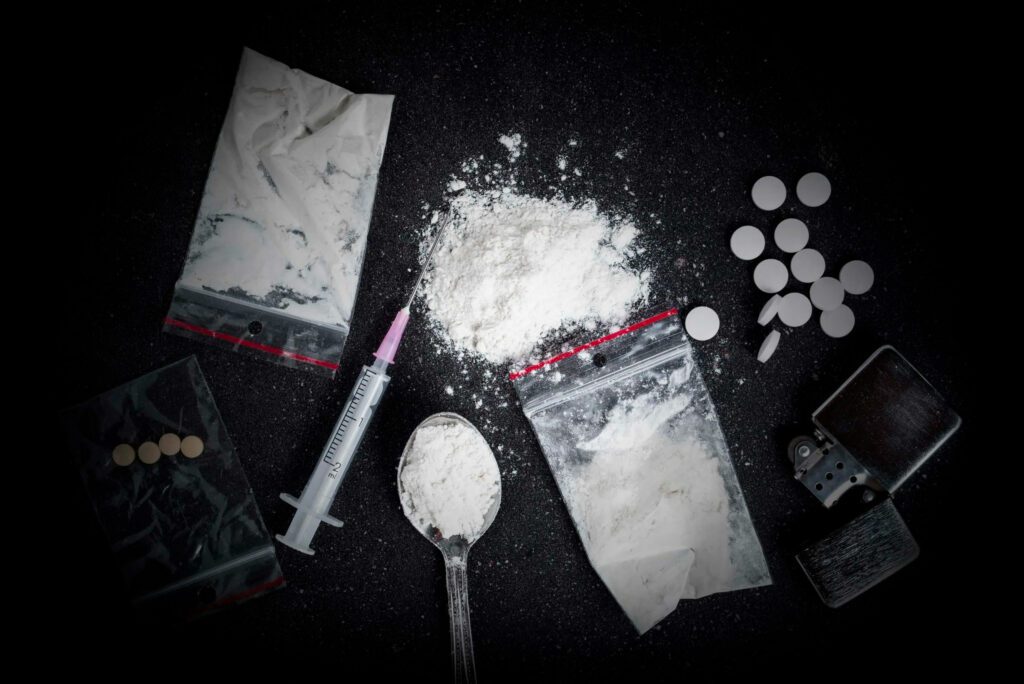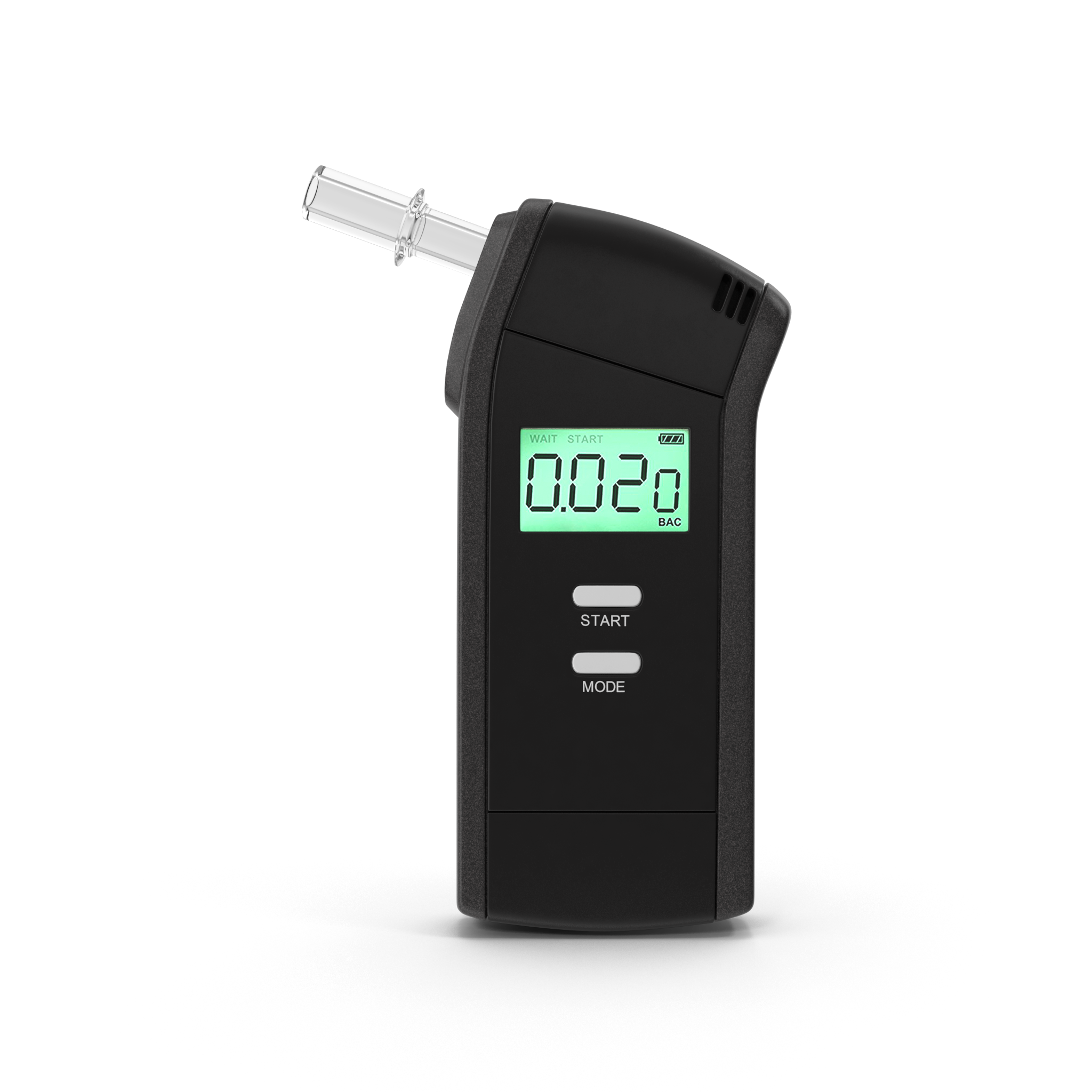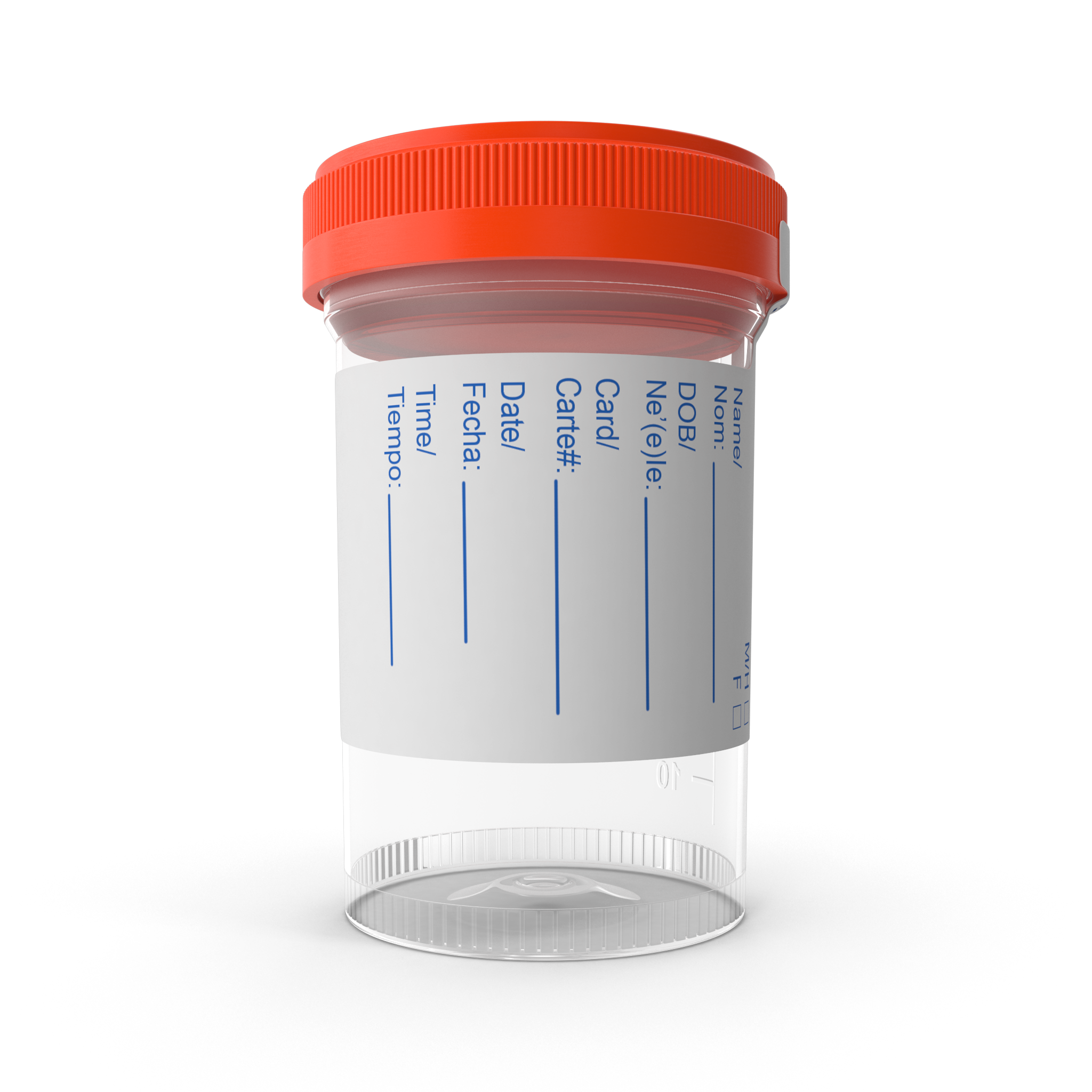

Alcohol is absorbed into the bloodstream within a few minutes of consumption. It has an initial stimulant effect, acts as a depressant, dehydrates the body tissues; and even at levels below the legal drink and drive limits, will affect coordination, reaction times, thinking, judgement and mood.
The easiest way of detecting levels of alcohol in a person is by taking a breath sample. This is a straightforward process which is not intrusive. Using a calibrated instrument such as the Intoximeters VXL device, the result may be used as evidence.
The benefits of breath-testing for alcohol are:
An evidential print out is instantly obtained for each test
The results gained are fully legally defensible
The test is quick, easy and non-intrusive
A calibrated instrument will be used for all tests
Urine testing is the historical, tried and tested method of detecting drugs and alcohol. Urine tests are most commonly used to detect drugs or illicit substances, however, when required, urine samples can also be used to screen for alcohol.
We utilise many different types of testing cups, as dictated by client needs or regulatory requirements, and can test for up to 14 different drug types.
Advantages to urine drug testing:
When compared to oral fluid the detection window for some drugs within urine is increased
The results of the test may be displayed within minutes
The availability of a split sample for confirmation analysis at the lab
Sample taken under chain of custody conditions – this is a fully legally defensible process
Confirmation of non-negative samples will be carried out in accordance with ISO17025
Normal detection window of substances is 1-14 days (drug type dependant)

Amphetamine
Barbiturate
Benzodiazepine
Buprenorphine
Cocaine
EDDP
Ketamine
Methadone
Ecstacy
Opiate
Opiate LL
Oxycodone
Phencyclidine
Marijuana
Tramadol
